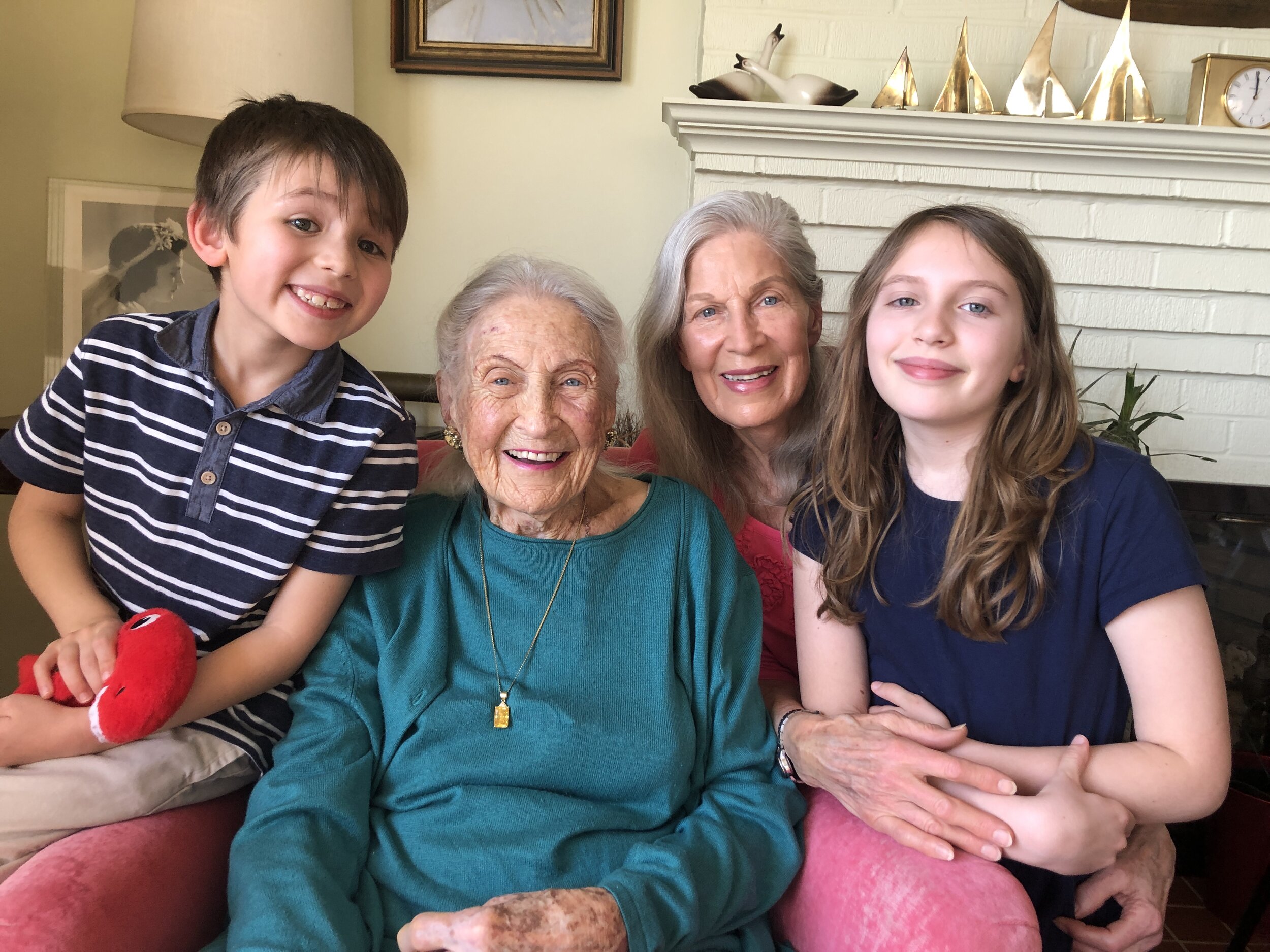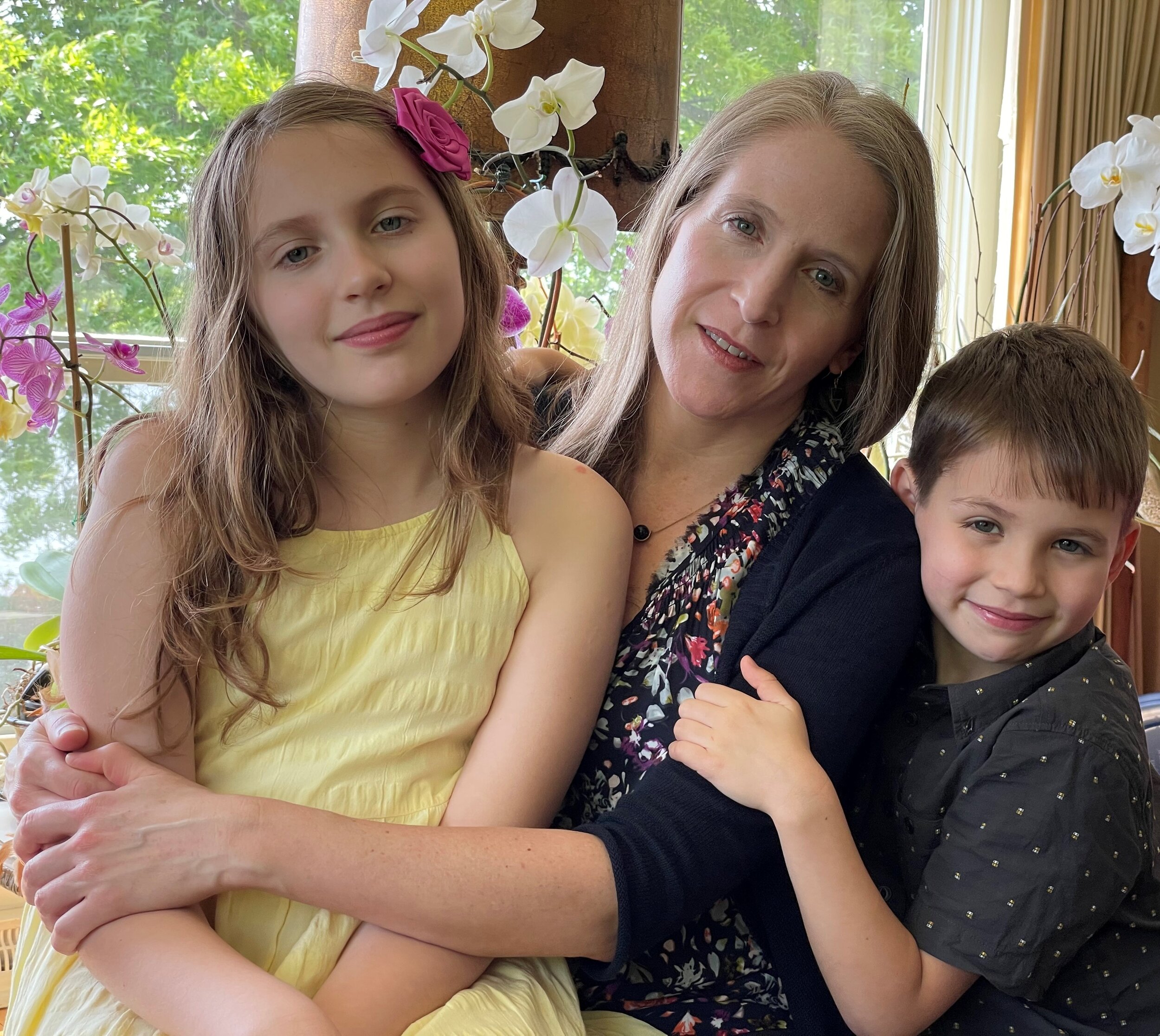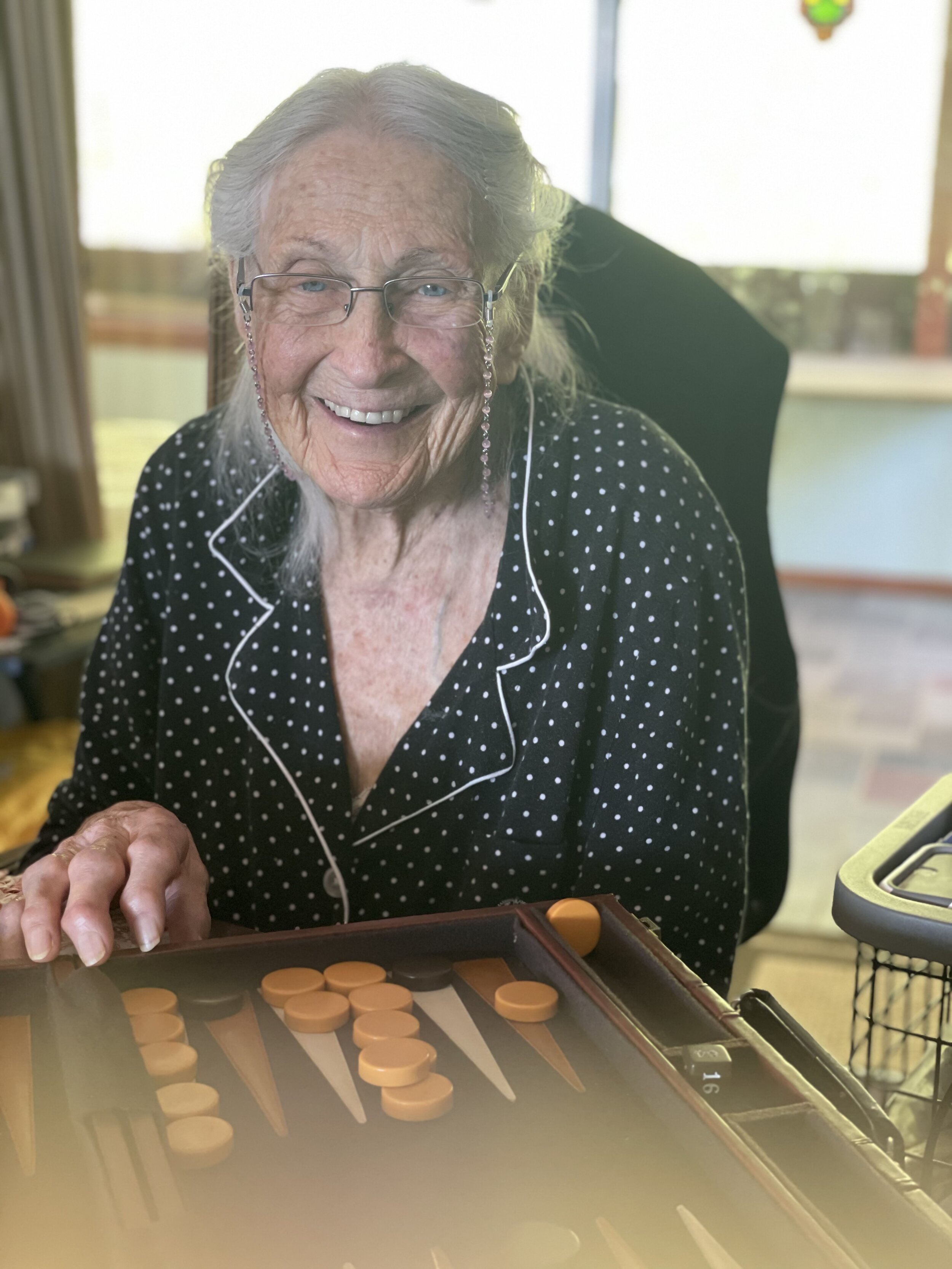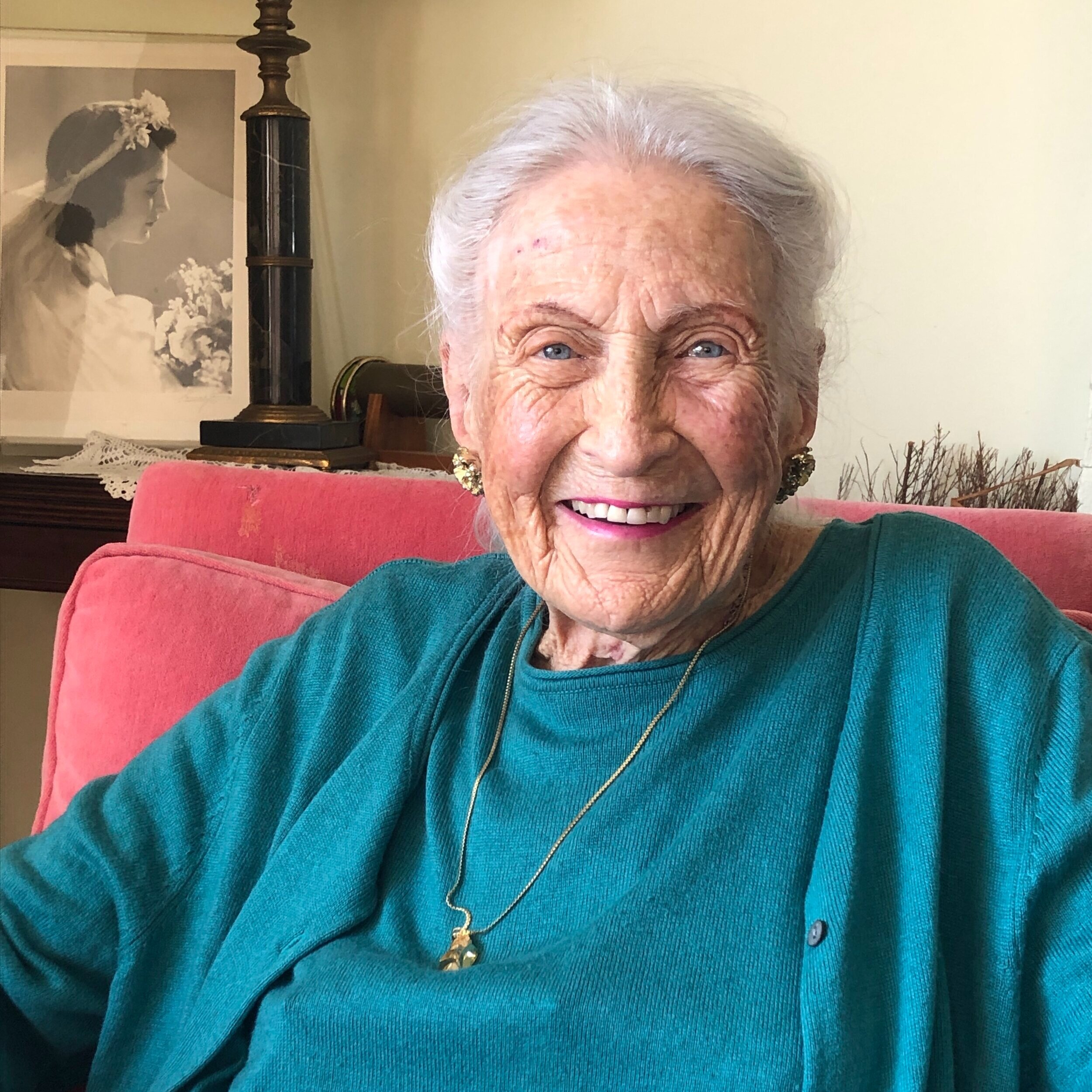Article written by: Alexandra Cohl
Photo by Terrillo Walls on Unsplash
Since President Biden entered office in January 2021, one major focus of how the new administration will use funds and provide aid centers around affordable housing and the long-term care industry. Affordable housing isn’t just about nuclear families or single-family homes; it can often serve intergenerational families under one roof, and this reality may even begin to increase as more people post-pandemic have seen the potential additional risks of living in a long-term care facility. In a 2019 study, it was stated that the “number of Americans living with multiple generations under one roof has been growing for nearly four decades, driven by a mix of economic, social, and demographic changes.” The AARP further explains how in 2030, “one in every five Americans will be over age 65” and it is becoming clearer that “our nation will face a severe shortage in accessible and affordable housing to meet their needs” unless something changes. On a related note, there are many parallels between the needs of long-term care housing for seniors and the general population in need of affordable housing. One of those areas is what percentage of income and family funds are going directly to housing costs and how much begins to become an issue. According to his plan, President Biden’s administration has proposed that vouchers are to be distributed to “‘every eligible family’ so that no one has to pay more than 30% of their income for rental housing” and to impose “a yearly tax credit to reduce rent and utilities to 30% of income for low-income families who earn too much money to qualify for Section 8 vouchers.” For many seniors, they are struggling with this and will seemingly be prime candidates for the relief since “23 percent of senior homeowners, as well as 30 percent of renters, are spending more than half of their monthly income on housing costs.” Not to mention the cost of supporting a senior with additional needs, such as dementia care, and how that can strain families even further (whether they are paying for that service in a housing facility or under their own roof). Certain industries, such as architecture and infrastructure, are feeling more encouraged by this shift in the new administration and how it may positively impact the affordable housing and long-term care industry and what types of innovations can be included; especially, since Biden’s housing plan states that ‘“housing should be a right, not a privilege.’” It “addresses the nationwide housing shortage, the need for more affordable units, and the discriminatory practices that have caused Black and Latino Americans to have lower homeownership rates.” And, beyond addressing the disparities within these communities, the Biden administration is also wants to ensure that Americans receive “housing that is energy-efficient [and] resilient enough to withstand the impacts of climate change.” Still, other folks are concerned about implications of Medicare limitations, financial eligibility standards for Medicaid, and how the rest of the $400 billion dollar spending will be spent; namely on the long-term care workforce, which is primarily made up of women of color. The issue is a complex one, and one that will continue to impact individuals currently in need of affordable housing, whether those options be in assisted living facilities or in the homes of their families, and understanding the way that the budget will continue to be allocated will help families know how to make the best choices for their own families moving forward.








